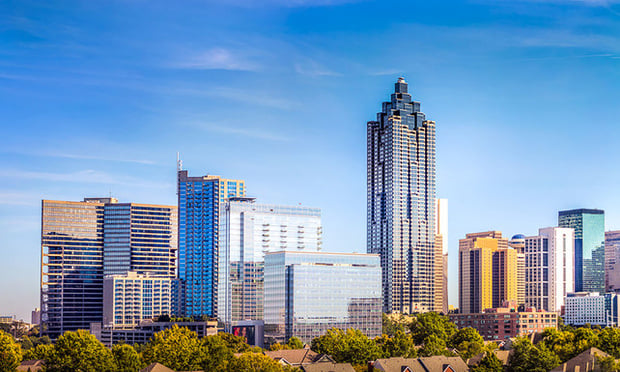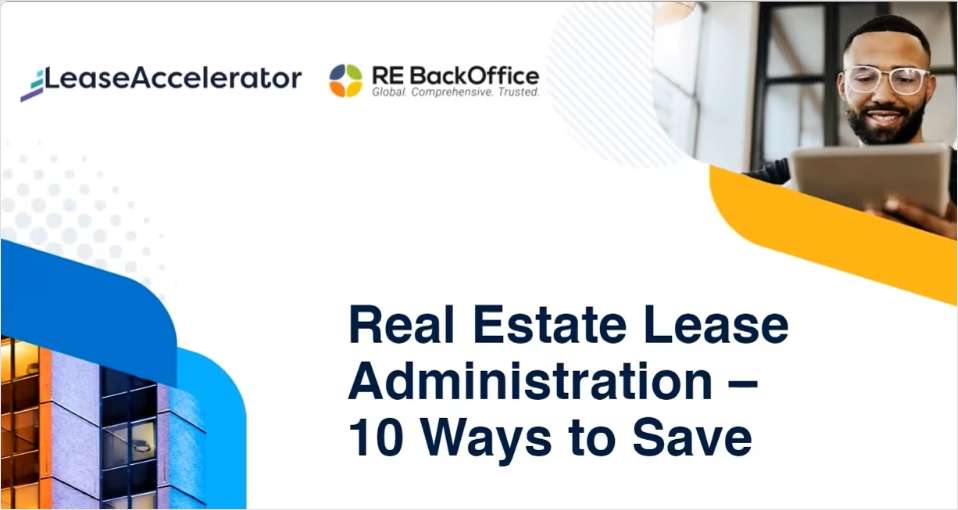ATLANTA-After falling only twice in 2012, the CMBS delinquency rate started the new year with its first monthly decline, according to Standard & Poor's. Should investors be worried about a stalled CMBS revival in 2013? Not necessarily.
By property type, the delinquency rate fell for multifamily, office and lodging, though it rose for industrial and retail. In fact, S&P reports, retail continues to be the only property type with a delinquency rate in the single digits, ending January at 8.09% compared with 7.97% in December. In 2012, the retail delinquency rate averaged 7.89%.
Getting granular with the numbers, $42.3 billion worth of commercial mortgages was delinquent at the end January. That's the highest amount since the first quarter of 2010. But the number of performing and nonperforming loans that are past their maturity date is improving. In total, S&P reports there were $5.42 billion of loans in this category in January, compared with $5.81 billion in December. S&P expects this trend to continue as special servicers resolve matured balloons.
“CMBS volume continues to increase. In 2012 issuance exceeded expectations with $39 billion and I expect 2013 to break $60 billion. With the Central Bank remaining an active buyer of mortgage-backed securities, interest rates will stay low. This is positive for the CMBS market,” says Constantine Scurtis, CEO of SL Capital, a correspondent of Cantor Commercial Real Estate. “It's a win for borrowers that need loans, and it's a win for investors to buy CMBS bonds because of their attractive yields.”
Steve Duffy, managing director at Moss Adams Capital in Seattle, sees tension in the real estate capital markets as equity becomes more plentiful and quality investment opportunities become harder to find. He calls it a barbell marketplace for investors, where core property at the high end is scarce and fully priced, and opportunities at the low end are plentiful yet with higher risks.
“The desirable middle segment—value-add opportunities—is dwindling. It's getting very hard to find those fundamentally sound properties, like an office building in a good location that's 60% leased and just needs the right value-add program to lease up and net superior returns,” he says. “We are now in a recovery and it is progressing into a market-expansion phase—and prices for commercial real estate will remain high. In the next year as confidence grows, lending will open up more and borrowing criteria will ease.”
© 2024 ALM Global, LLC, All Rights Reserved. Request academic re-use from www.copyright.com. All other uses, submit a request to [email protected]. For more information visit Asset & Logo Licensing.








